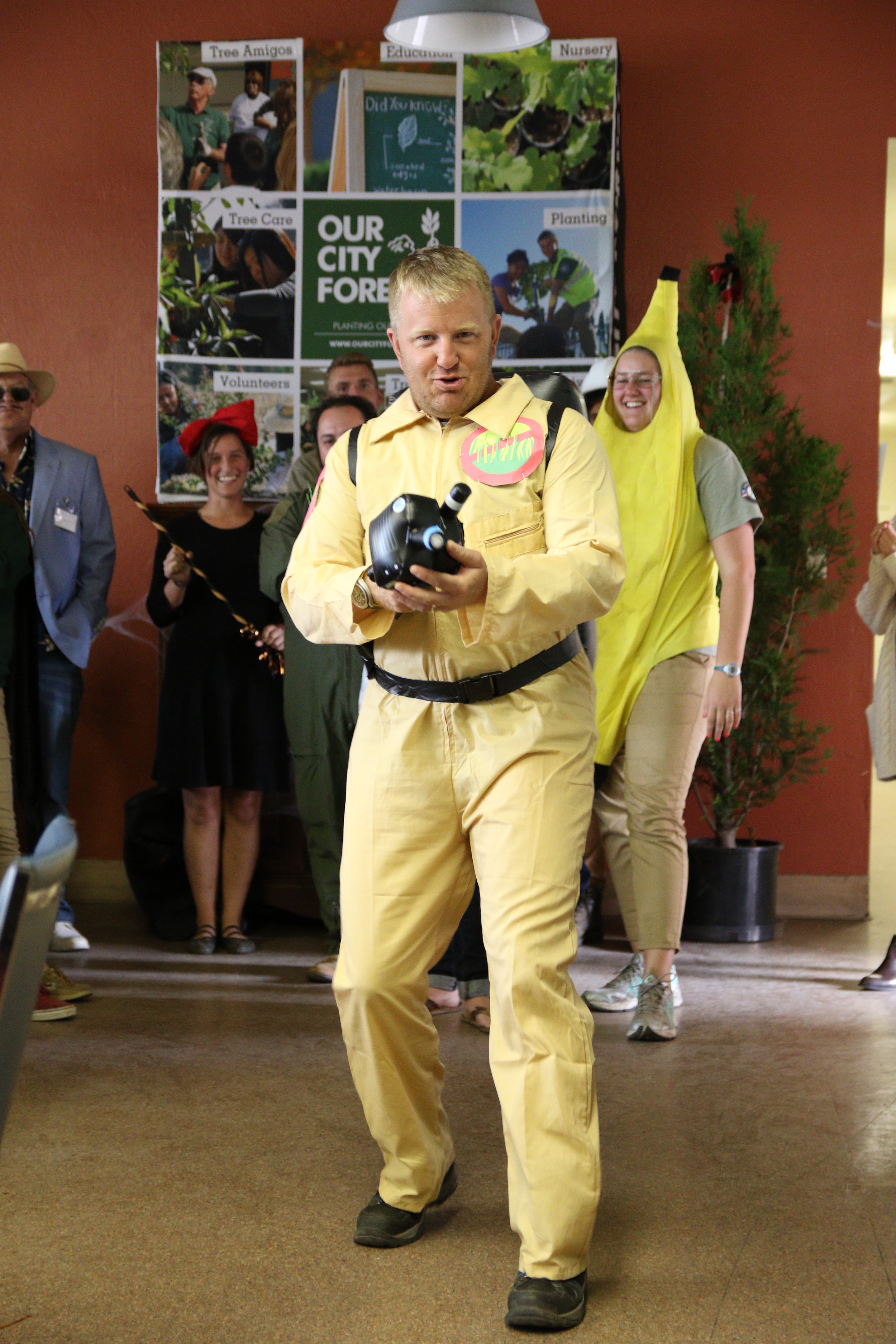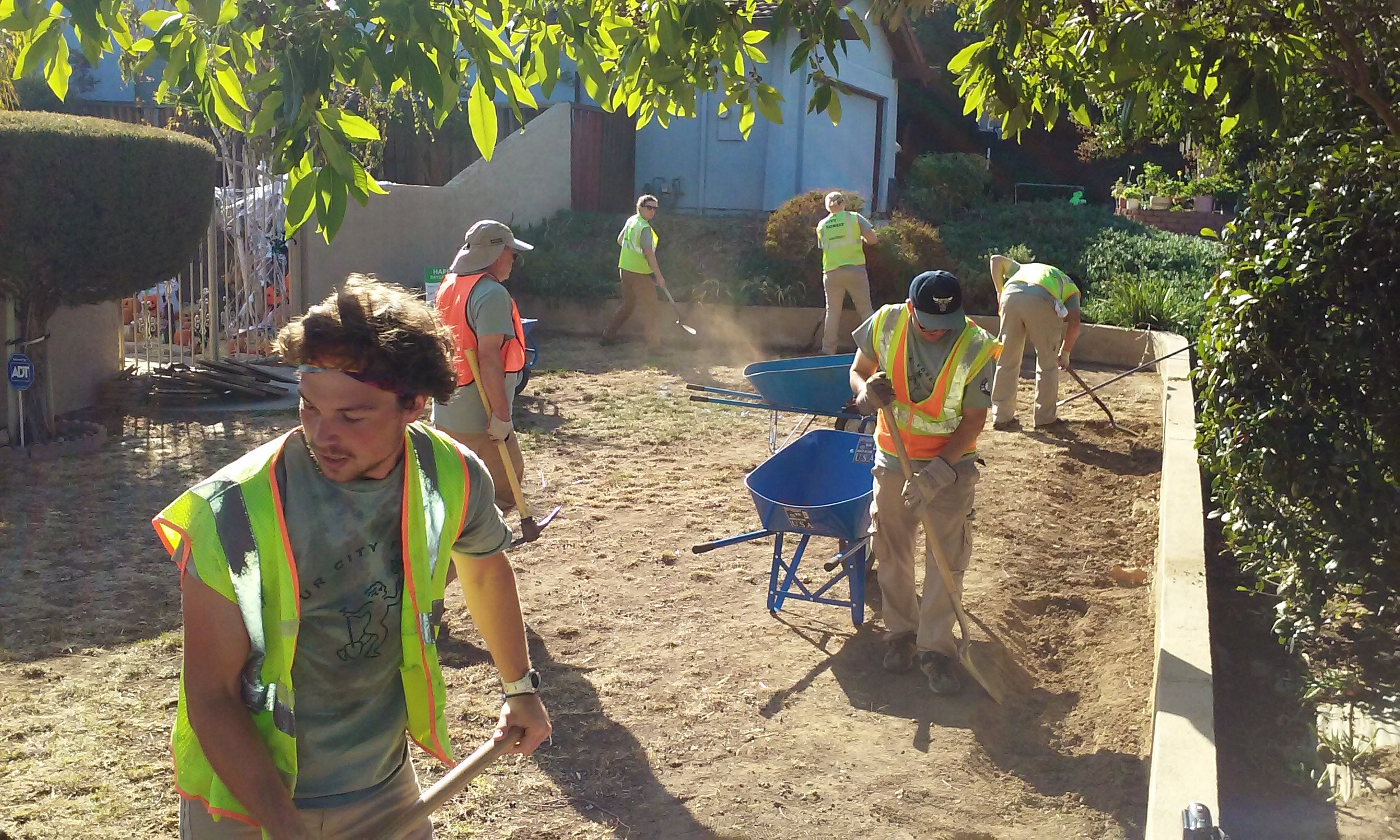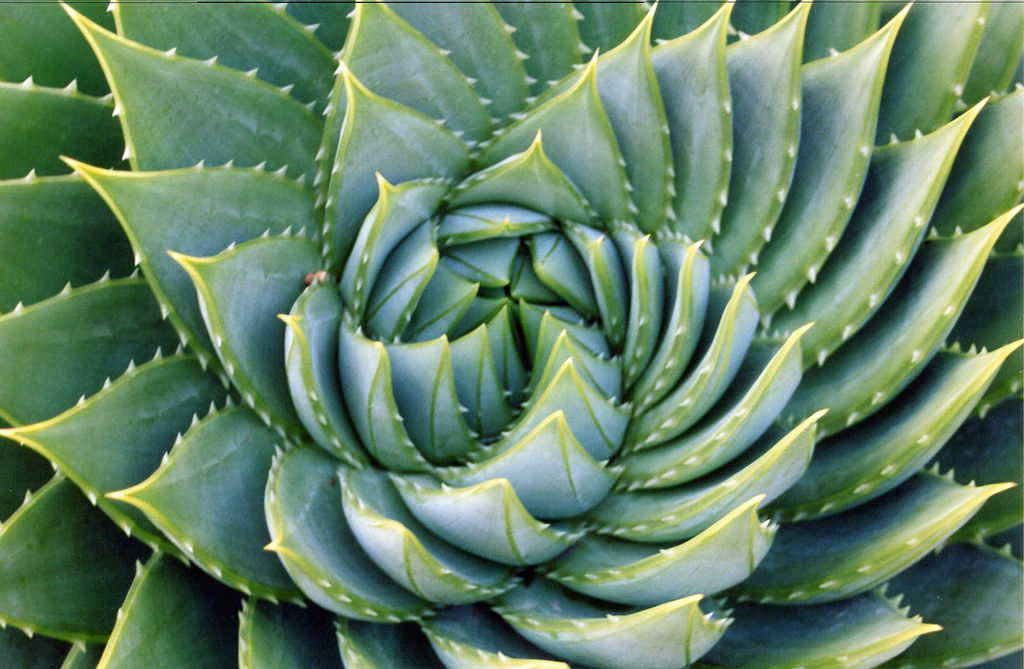OCF’s process of busting a lawn, i.e., removing it, is more passive than you might think. The verb “bust” suggests action that is violent, as if the Lawn Buster seizes the lawn and takes it away to be imprisoned, or busts it in the chops.
Or images of a landscape-focused Ghostbuster armed with some sort of defoliating proton pack.
Instead, think along the lines of a business enterprise going bust, whether through its product source drying up or customers vanishing. Think of Bodie, CA, the ghost town east of Mono Lake that once flourished from its gold mines.
Like this only with considerably more mulch-
"Bodie ghost town" by PDPhoto.org - Licensed under Public Domain via Commons
What Lawn Busters do is bury the lawn, converting it into soil. We cover it with overlapping sheets of cardboard to deny it the life-giving properties of air, water, and sunlight. This is not to say that the lead up to suffocating a lawn doesn’t require hard, even intense labor. It does. The first thing Lawn Busters do at a job site is dig a trench 18 inches wide and four inches deep around the entire perimeter of the yard. The trench contains the many yards of compost and mulch that cover the cardboard and keep them from spilling onto the sidewalk and driveway.
Trenching: the first and hardest step.
As a Lawn Buster myself, I can attest to the challenge of trenching in the Santa Clara Valley. Valley soil contains high proportions of microscopic clay particles that make it much denser than either silt or sand. Consider that clay has 90 million particles per gram while silt has six million and medium sand only six thousand. Breaking up Valley soil, at least during the hotter months is serious labor: often one must poke the ground with a 16 lb. dig bar and follow up with a pickaxe to chip it. During the rainy season the clay particles become glued together and thus easier to dig, although its high retention of water makes it heavier to move. While the local soil may seem a study in extremes—almost vitrified during the summer and waterlogged in the winter—it is rich with organic matter and nutrients. Most importantly, the native shrubs and trees that Lawn Busters plant, thrive in it. It is their home turf, so to speak.
Once the trenching is done and the soil and grass dug out of the lawn are shaped into decorative mounds, the entire lawn is covered with cardboard. The cardboard in turn is covered with three or four inches of compost and thoroughly watered. As a rule of thumb, 500 square feet of lawn requires approximately six cubic yards of compost. Shoveling yards of compost off the truck and spreading it evenly is a dusty and sweaty job that adds to the Lawn Buster’s distinctive look at day’s end: a khaki and green uniform, heavily accented with earth tones of varying darkness.
Most busts are two day affairs. On the first day the lawn is trenched and covered with cardboard and compost. On the second day shrubs and grasses, perhaps even a tree, are planted. Outdated and inefficient sprinklers are replaced with drip irrigation. As a final touch, the entire lawn is covered with three or four inches of mulch that is beautifully raked and groomed. The plants were chosen by the homeowner during a consultation with OCF’s Intake Group at the person’s home. The homeowner also selects the mulch, which is available in a selection of colors, materials, and sizes. Intake then works up a formal design of the new xeriscape, a blueprint that shows plant placement and the location of earthen mounds, which add interest and gradation to a yard that, otherwise, would be dull and flat.
A recently-busted landscape sits in the shade of a mature jacaranda tree.
The financial, social, and ecological benefits of lawn busting are numerous. Planting native varieties that are watered by drip irrigation saves money and reduces the demand for water from overtaxed rivers, reservoirs, and aquifers. It makes more water available for residential, agricultural and the ecosystem. In addition, lawn busting is a great aesthetic improvement over what hitherto had been the front lawn or a brown, weed-ridden memory of such. When I see projects we have completed, I am impressed by their attractiveness and design, qualities which are a satisfying payoff for the hard work and care that went into them.
One of our landscapes, a few months after conversion, the native plants are establishing nicely.
The job is finished. The landscaping rakes and wheelbarrows are packed in the truck. Members of the team with push brooms are tidying the driveway and sidewalk. While the main job is over, Lawn Busters will be back on maintenance visits: they will return in coming months to ensure that plants are healthy and the irrigation system is working properly.
Everyone is (hopefully) satisfied. The homeowner has a beautiful front yard that she otherwise could not have afforded. The Lawn Busters offer their services to low-income or disabled residents. Drip irrigation will save her money on her water bill and the eventual establishment of native plants, which are accustomed to summer dryness and winter rains, will save her even more. Neighbors on walks will see the new yard and be inspired to have their owns lawns converted. The Lawn Busters program thus sells itself, and the perception of what constitutes a desirable front yard evolves: the traditional grass lawn seems dated while the water-wise xeriscape is beautiful and more appropriate for a populous state that long has struggled with supplying water. Finally, at the pick and shovel level, the individual Lawn Buster has the satisfaction of having helped to create something both beautiful and ecologically sound.
And that's how a lawn is busted. If you would like to have your lawn busted, please visit this page to see if you qualify for the program. These articles are supported by generous donations from readers like you. If you are interested in volunteering please check our calendar of events to join us in greening Silicon Valley.







